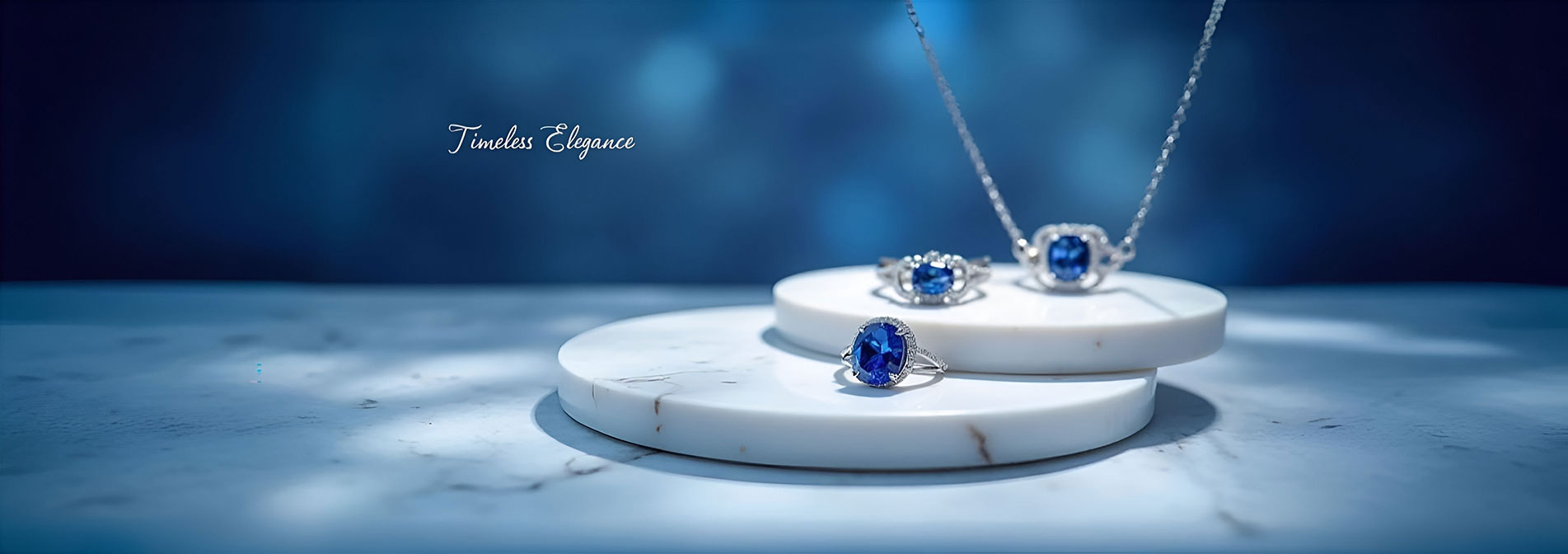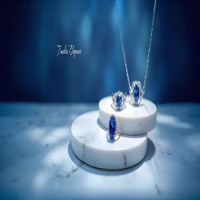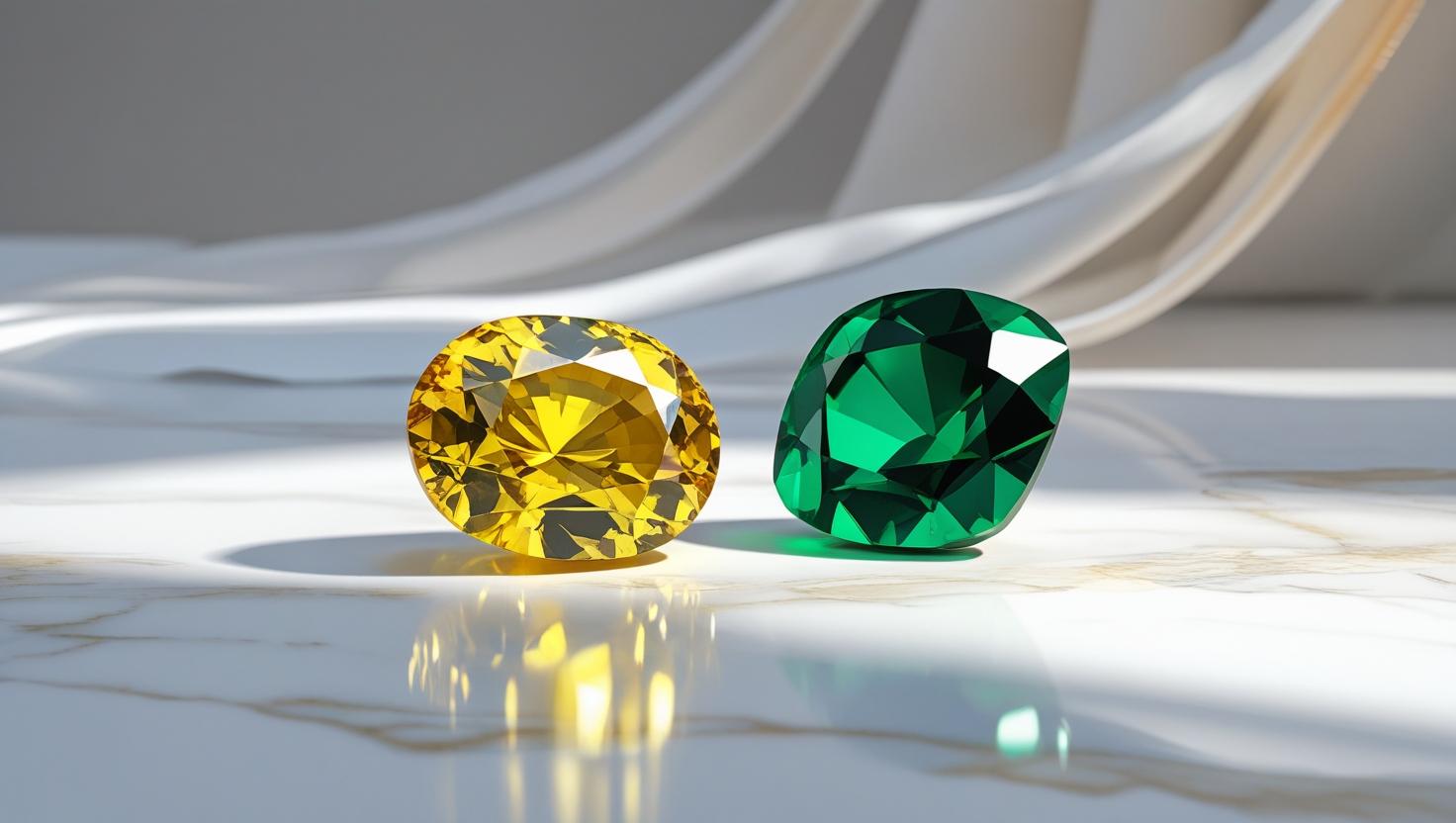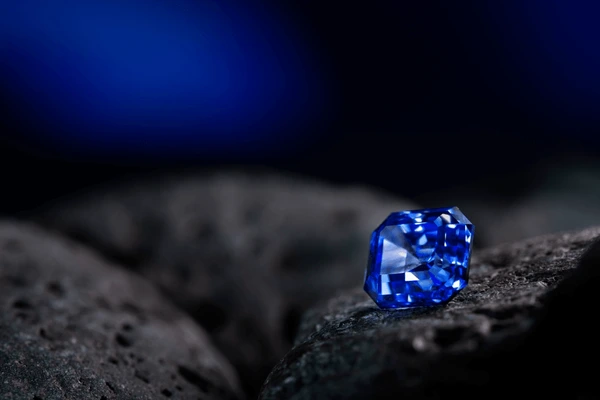How to Identify an Original Neelam Stone: A Complete Guide

Strong 8k brings an ultra-HD IPTV experience to your living room and your pocket.
Identifying an original Neelam stone (Blue Sapphire) can be quite tricky, especially with the increasing availability of synthetic or imitation gemstones in the market. However, there are several methods you can use to determine whether the Neelam stone you're considering is authentic. Here’s how you can identify an original Neelam stone:
1. Examine the Color
Original Neelam stones have a deep blue hue, often ranging from medium to dark blue. The color should be rich and consistent throughout the stone.
Look for clarity in the stone. Genuine Blue Sapphires often have inclusions, or “fingerprints”, which are naturally occurring imperfections. These inclusions can be detected using a jeweler's loupe or magnifying glass.
Synthetic Neelams or imitations often have a perfect, flawless color that can appear too uniform and too perfect.
2. Check the Transparency
Genuine Blue Sapphires are generally transparent or slightly translucent, meaning you should be able to see through them under light, though not completely.
Fake stones or imitations might be cloudy or lack the crisp transparency typical of a natural Blue Sapphire.
3. The Scratch Test
Blue Sapphires are very hard, ranking 9 on the Mohs scale of hardness. This means they are harder than most other materials (except for diamonds).
Use a metal object or a steel file (which ranks lower on the hardness scale) to gently scratch the stone. If the stone gets scratched, it is not genuine. If the scratch does not affect the stone, it’s likely authentic.
4. The Water Test
Original Neelam stones tend to have a very smooth surface, and if you immerse them in water, they should maintain their clarity. You can place the stone in a glass of water and observe its clear reflection.
Fake stones often look blurry or hazy when submerged, indicating lower quality material.
5. Use a Magnifying Glass
Use a loupe or magnifying glass to inspect the stone closely. Authentic Neelam stones often have natural inclusions or internal imperfections that are unique to each stone.
Synthetic or fake Neelams may appear too perfect under magnification, showing no internal imperfections or having unnatural symmetry.
6. The Refractive Index Test
Blue Sapphires have a high refractive index, meaning they bend light in a certain way. If you have access to a refractometer, this test can help determine whether the stone is genuine.
Fake Neelam stones may have a lower refractive index, meaning they will not display the same level of brilliance or light reflection as the authentic stone.
7. UV Light Test
Genuine Neelam stones may display a weak fluorescent reaction under UV light, though this is not always the case.
Fake or synthetic stones often do not exhibit any fluorescent reaction or may display an artificial glow under UV light.
8. Professional Certification
The best way to confirm if your Neelam stone is genuine is to have it examined by a professional gemologist or a certified laboratory.
Gemological certifications from institutions like the GIA (Gemological Institute of America), IGI (International Gemological Institute), or HRD provide an official analysis of the stone’s authenticity, origin, and quality.
9. Price and Source
If the price of the Neelam stone is too low compared to other stones of similar size, it may be synthetic or of poor quality. A genuine Blue Sapphire will cost more because of its rarity and quality.
Always buy your Neelam stone from trusted and certified dealers. Reputable jewelers and gemstone specialists are more likely to sell authentic stones and offer proper certification.
Conclusion
To confidently identify an original Neelam stone, you should rely on multiple methods, including physical tests, professional certification, and a close inspection of the stone’s appearance. Look for imperfections, natural inclusions, and a consistent, deep blue color. If in doubt, always consult a gemologist or use a professional service to verify the authenticity of the stone.
Note: IndiBlogHub features both user-submitted and editorial content. We do not verify third-party contributions. Read our Disclaimer and Privacy Policyfor details.




